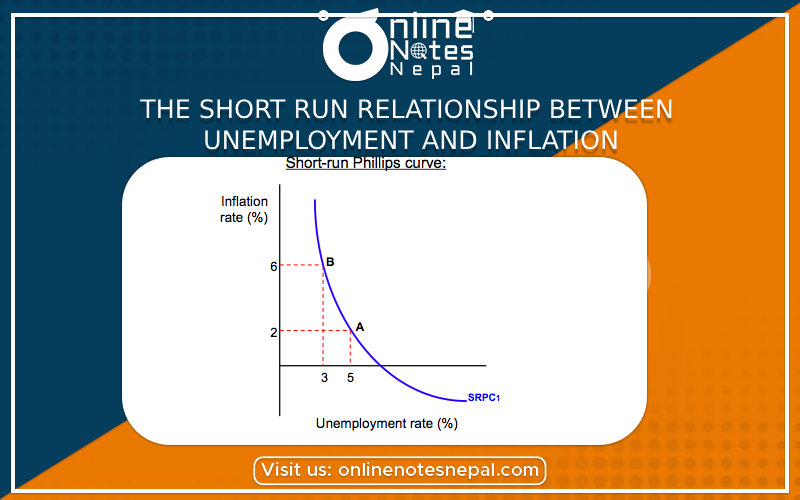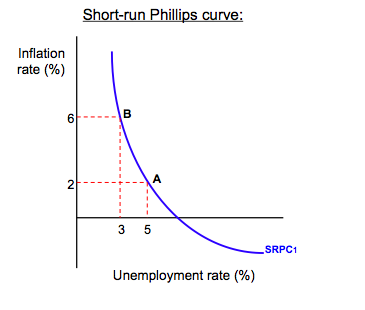Published by: Dikshya
Published date: 07 Jul 2023

Unemployment: Unemployment refers to the percentage of the labor that force that is without a job and actively seeking employment. It is a measure of the unused labor resources in an economy.
Inflation:Inflation refers to the sustained ins=crease in the general price level of goods and services in an economy over time.

Short- run relationship between unemployment and inflation:
It is often described by the Philips curve, named after the economist A.W Philips. The Phillips Curve is an economic cocept that illustrates the inverse relationship between unemployement and inflation in the short run. It was named after British economist A.W. Philips, who first observed this relationship in the 1950s.
According to the Philips curve, when unemployement is high, inflation tends to be low, and vice versa. This relationship is often represented graphically as a downward-sloping curve. When unemployement is high, there is less competition for jobs, and workers may have limited bargaining power, leading to lower wage growth. When unemployment is low, the demand for labor increases, which can result in higher wages. As labor costs rise, businesses may pass on those increased costs to consumers in the form of higher prices, leading to inflation.